|
Once upon a time, the Would-Be Farm was buried under the Laurentide ice sheet. Then it drowned under great Lake Algonquin, and then it was wild open country. For millennia, these meadows and rocky outcroppings were the stomping grounds for wood bison, wolves, and of course, the Iroquois Confederacy. (Jeff continues to keep eyes peeled for an arrowhead). Then along came the Europeans with their pesky notions of land-ownership. I'll gloss past the colonization. We know the basics: the French trappers and traders, the priests, the English settlers, the Revolution. Now, to zoom in to the details of that little corner of the world that catches my attention. In 1791, New York State was strapped for cash and land speculation was all the rage. Leading to the Great Macomb Purchase of 1791. This back-room deal sold off nearly 4 million acres of Northern New York for a whopping 8 pence an acre. Of course the sale was meant to encourage economic growth and settlement; the land was meant to be earmarked for Revolutionary War veterans. Heavy sigh. Nothing new under the sun: scheming and greed resulted in a solid scandal and several fortunes lost and made and not a lot of veterans hammering swords into plowshares.
**Indeed, these French fled their Revolution; many settled in the young US, but alas, as political tension with France developed, President Adams signed the "Alien and Seditions Act," in 1798, which basically repealed freedom of speech (no public speaking out against the government!), made citizenship harder to attain, and expelled foreigners. Oh the irony of the French Festival! Heavy sigh.
I assumed it was a kit house, the kind that came unassembled via train car from the Sears Roebuck catalogue. (And you thought Ikea shelving is hard to put together––!) After all, it’s a familiar, plain, elegant pattern of so many farmhouses in the North Country. But as it turned out, assuming is wrong again: Sears’ kits really hit their stride after 1905, and this house is circa 1880. I don't know what the design is called, officially –– vernacular architecture, maybe? with a splash of Neoclassical? Maybe one of my clever architect friends can give me some more insight on how to best describe it. Of course we toyed with the idea of restoring the old fella. But it’s about 20 feet from the road. It's not especially charming. There’s a truly gruesome detached outhouse.
There is so much future to dream into reality with the Would-Be Farm: what else is it to plant a bunch of twigs but to wish an orchard to life? But it's comforting to find out a little about its past. To know, for instance, that the flowers (the iris and violets, hosta and columbine, lungwort and daffodils) probably came from this 100+ year span of women before me who cared for this farm: Julia and Harry farmed the land from their wedding in 1937 until 1980. Julia's mom, Georgiana was probably born on the farm in 1868, and spent her 80 years on this bit of earth. So nice to meet you! I hope you like what we are doing with the place. 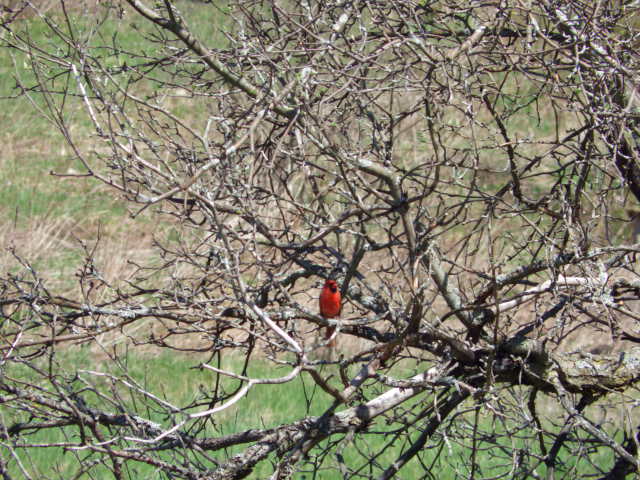 References and reading material
https://npgallery.nps.gov/pdfhost/docs/NRHP/Text/64000558.pdf https://www.britannica.com/topic/Iroquois-Confederacy http://www.omdhs.syracusemasons.com/sites/default/files/history/McCormick,%20Daniel.pdf http://www.mlloyd.org/gen/macomb/text/mansion.htm https://archive.org/stream/ahistoryadirond00clubgoog/ahistoryadirond00clubgoog_djvu.txtwas w old abandoned buildings of northern new york http://oabonny.com http://mlloyd.org/gen/macomb/text/amsr/wt.htm https://localwiki.org/hsl/Macomb%27s_Purchase http://www.ushistory.org/us/19e.asp
3 Comments
George A
6/6/2017 01:25:24 pm
History is always more interesting if one is personally tied to it. Like it or not, you're adding to that story. So stop with the apples. Plant something more interesting--perhaps a vineyard. You could become the Grand Dame of ice-champagne; sort of a latter day up-state New York version of Madame Cliquot. Although, come to think of it, Jeff would probably be happier if you skipped over the "Veuve" (widow) part of that champagne story!
Reply
Amy
6/7/2017 01:39:21 pm
Hey George
Reply
Greg Duncan
8/17/2017 12:06:04 am
House looks interesting, I like the dormer/raised roof upstairs. you have a tractor put her on skids and tow to a new position. Jack it up and put a new foundation under her. Good to go. I know it's not that simple. hahaha. the tractor will tear it down, Back hoe fun.
Reply
Leave a Reply. |
About the Blog
A lot of ground gets covered on this blog -- from sailboat racing to book suggestions to plain old piffle. FollowTrying to keep track? Follow me on Facebook or Twitter or if you use an aggregator, click the RSS option below.
Old school? Sign up for the newsletter and I'll shoot you a short e-mail when there's something new.
Archives
June 2024
Categories
All
|
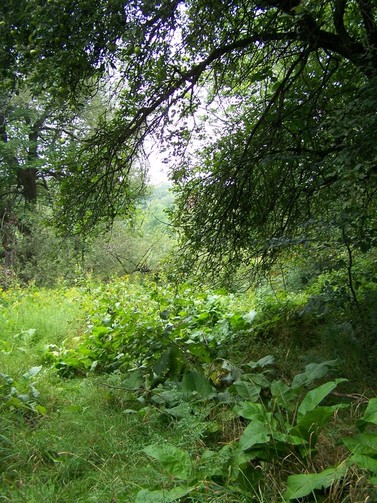
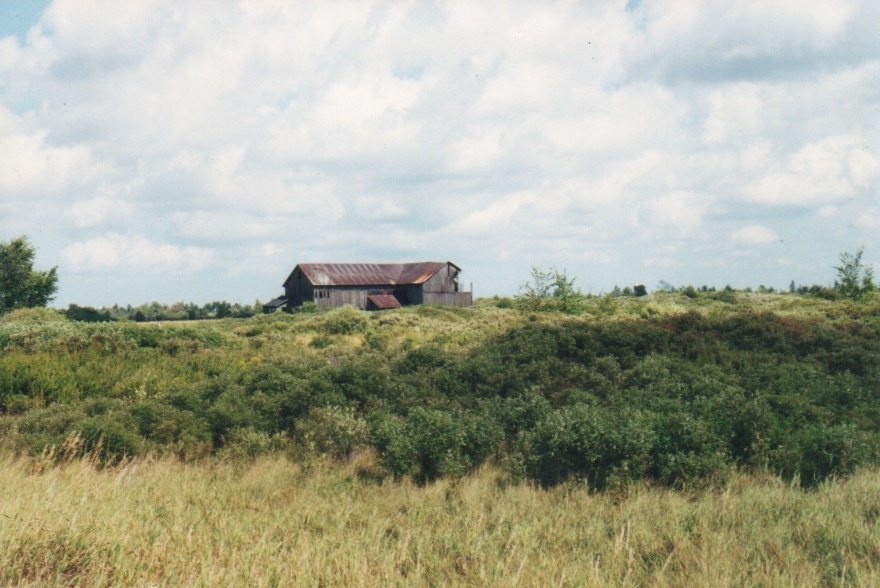
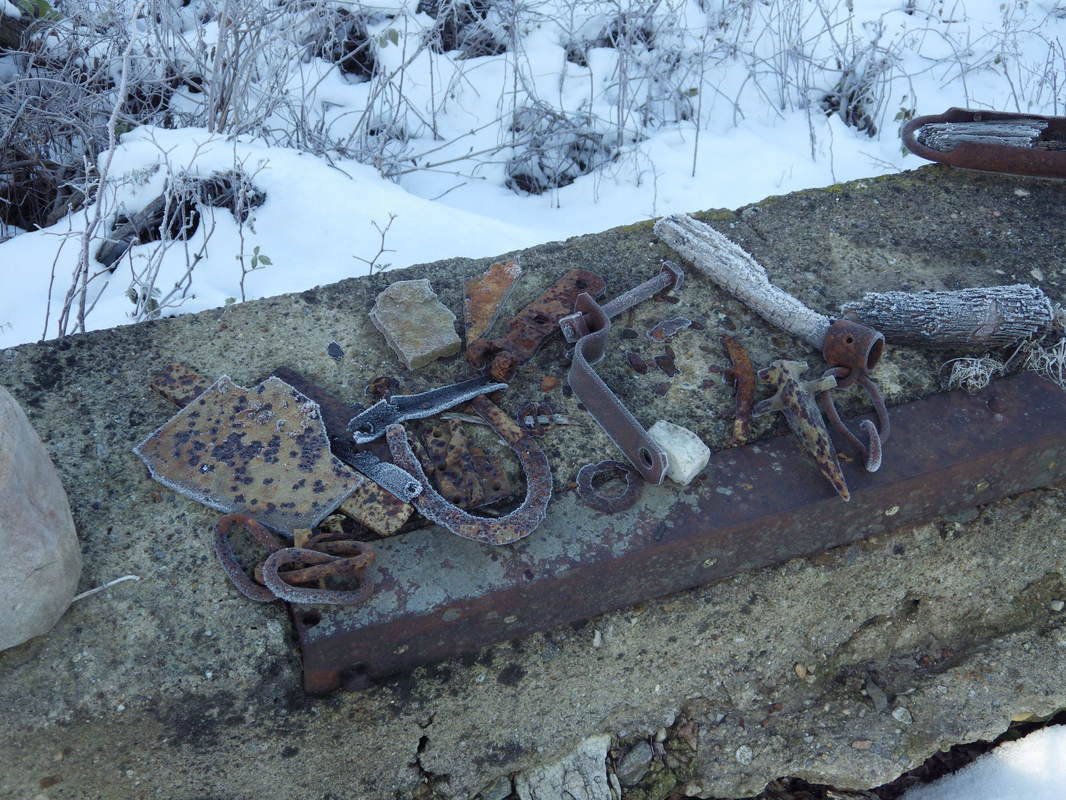
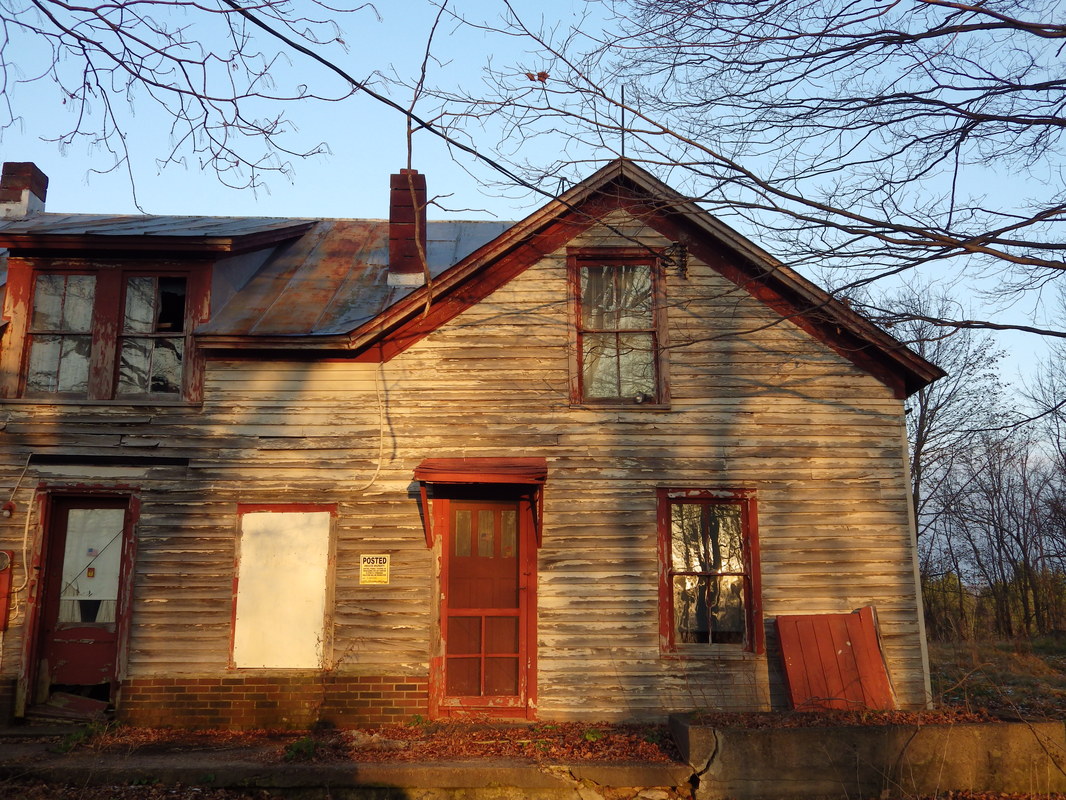
 RSS Feed
RSS Feed
